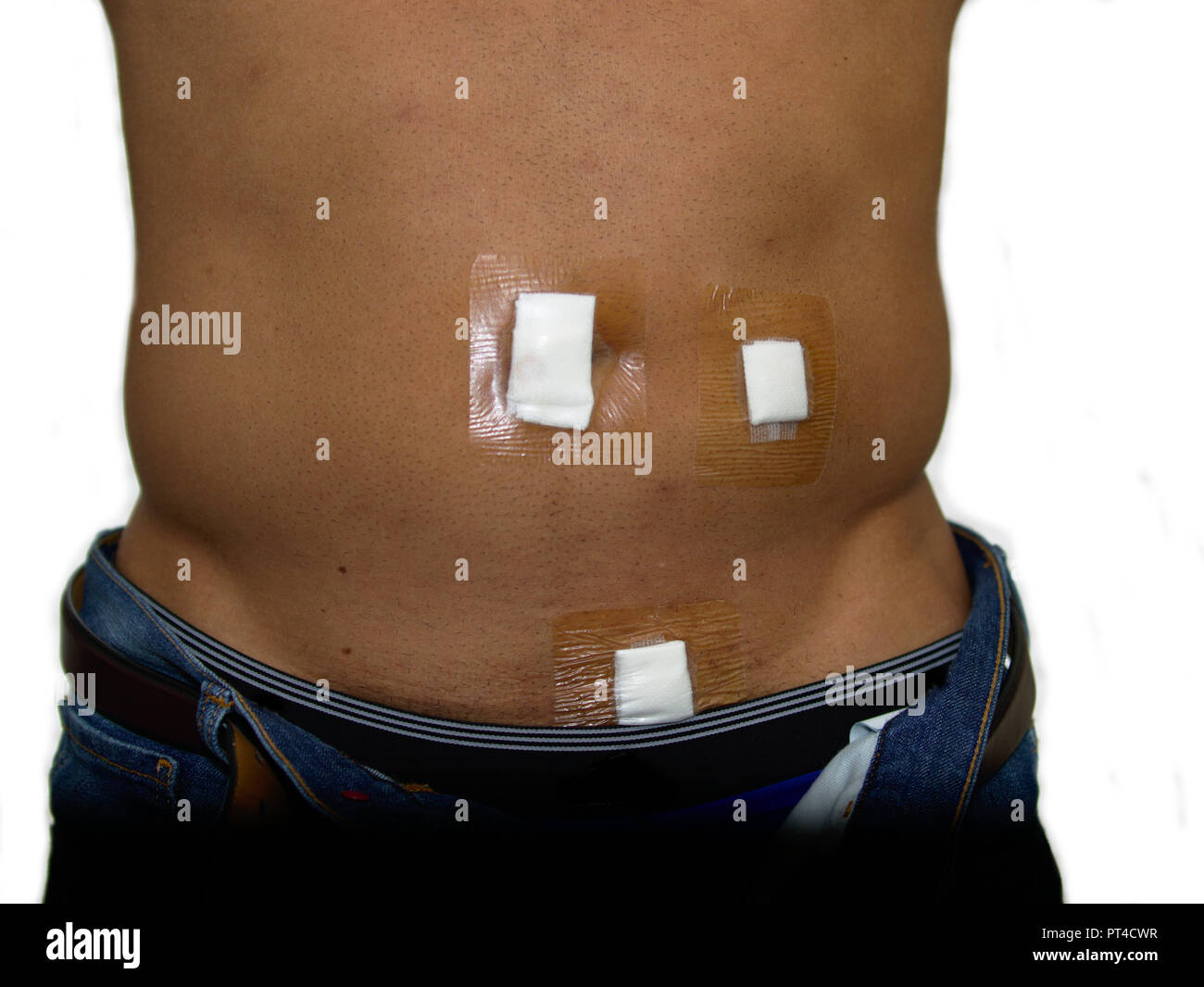Pits And Fissures On Teeth

The surface of our teeth is not as smooth as it may seem. Upon closer inspection, you’ll find tiny depressions and grooves, known as pits and fissures, which can be found on the chewing surfaces of our teeth, particularly on the molars and premolars. These small imperfections can be a haven for bacteria and food particles, making them a significant factor in the development of tooth decay and other oral health issues.
The Anatomy of Pits and Fissures
Pits and fissures are formed during the development of teeth, when the enamel, the hard outer layer of the tooth, is still forming. As the enamel grows, it can create small depressions and grooves on the surface of the tooth. These imperfections can be more pronounced on certain teeth, such as the molars, which have a more complex anatomy.
There are several types of pits and fissures, including:
- Pits: Small, rounded depressions on the surface of the tooth, typically found on the occlusal (chewing) surface.
- Fissures: Narrow, slit-like grooves that can be found on the occlusal surface, often connecting two or more pits.
- Grooves: Shallow, linear depressions that can be found on the surface of the tooth, often running in a specific direction.
The Role of Pits and Fissures in Tooth Decay
Pits and fissures can play a significant role in the development of tooth decay, as they can trap bacteria and food particles, creating an ideal environment for the growth of plaque and tartar. When bacteria in the plaque and tartar break down food particles, they produce acid, which can damage the enamel and dentin, leading to cavities.
The narrow, slit-like shape of fissures makes them particularly prone to trapping bacteria and food particles, making them a high-risk area for tooth decay. Additionally, the complex anatomy of pits and fissures can make it difficult for toothbrush bristles to reach and clean these areas effectively, further increasing the risk of decay.
Prevention and Treatment
Fortunately, there are several ways to prevent and treat tooth decay related to pits and fissures. These include:
- Fluoride toothpaste and mouthwash: Using fluoride toothpaste and mouthwash can help strengthen the enamel and make it more resistant to decay.
- Dental sealants: Applying a dental sealant to the pits and fissures can help prevent bacteria and food particles from entering these areas.
- Good oral hygiene: Practicing good oral hygiene, including regular brushing and flossing, can help remove plaque and bacteria from the surface of the teeth.
- Regular dental check-ups: Regular dental check-ups can help identify and treat tooth decay in its early stages, preventing more extensive damage.
Dental Sealants: A Closer Look
Dental sealants are a popular treatment for preventing tooth decay related to pits and fissures. A dental sealant is a thin, plastic coating that is applied to the surface of the tooth, typically on the molars and premolars. The sealant fills in the pits and fissures, creating a smooth surface that is easier to clean and less prone to decay.
The application of dental sealants is a relatively simple procedure, typically taking only a few minutes to complete. The process involves:
- Cleaning the tooth: The tooth is cleaned and dried to prepare it for the sealant.
- Applying the sealant: The sealant is applied to the surface of the tooth, using a small brush or applicator.
- Curing the sealant: The sealant is cured, or hardened, using a special light.
- Checking the sealant: The sealant is checked to ensure it is properly applied and covering the pits and fissures.
Conclusion
Pits and fissures on teeth are a natural part of our oral anatomy, but they can also be a significant factor in the development of tooth decay. By understanding the anatomy of pits and fissures, and taking steps to prevent and treat tooth decay, we can help keep our teeth healthy and strong. Regular dental check-ups, good oral hygiene, and the use of dental sealants can all help prevent tooth decay related to pits and fissures.
FAQ Section
What are pits and fissures on teeth?
+Pits and fissures are small depressions and grooves on the surface of teeth, particularly on the molars and premolars. They can be a haven for bacteria and food particles, making them a significant factor in the development of tooth decay.
How can I prevent tooth decay related to pits and fissures?
+Preventing tooth decay related to pits and fissures involves practicing good oral hygiene, including regular brushing and flossing, using fluoride toothpaste and mouthwash, and applying dental sealants to the pits and fissures.
What are dental sealants and how do they work?
+Dental sealants are a thin, plastic coating that is applied to the surface of the tooth, typically on the molars and premolars. They fill in the pits and fissures, creating a smooth surface that is easier to clean and less prone to decay.
How are dental sealants applied?
+The application of dental sealants is a relatively simple procedure, typically taking only a few minutes to complete. The process involves cleaning the tooth, applying the sealant, curing the sealant, and checking the sealant to ensure it is properly applied.
How long do dental sealants last?
+Dental sealants can last for many years, depending on the individual and their oral hygiene habits. Regular dental check-ups can help identify any issues with the sealant and ensure it is still effective.



